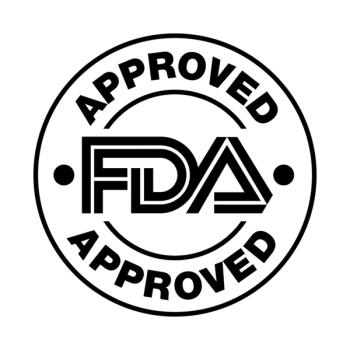FDA announced a change in its policy, now requiring all opioid pain medications to place a greater emphasis on, as well as provide an explanation of, the risks accompanied by long-term usage. These changes followed a public advisory committee meeting back in May of this year examining data that displayed severe risks of misuse, addiction and fatal & non-fatal overdoses amongst long-term users, igniting FDA’s decision to make a change.
Key Takeaways
- The FDA is enforcing a new opioid medicine label change displaying risks and important information for users.
- Opioid medicine companies will have 30 days to send the FDA their revised drug labels for review.
- The FDA discovered a lack of research and data on the long-term effects of opioid drug usage causing it to enforce random clinical testing of opioids.
FDA Commissioner Marty Makary, M.D., M.P.H., touched on the decision, saying, “The death of almost one million Americans during the opioid epidemic has been one of the cardinal failures of the public health establishment. This long-overdue labeling change is only part of what needs to be done we also need to modernize our approval processes and post-market monitoring so that nothing like this ever happens again.”1
Data backed decision
The rework to opioid medication labels is supported with an expansive data set provided by FDA’s own required observational studies titled postmarketing requirements (PMR). FDA employed two of its PMRs (3033-1 & 3033-2) to provide supporting data on the side effects of long-term opioid usage alongside researching through public comments and medical studies and concluded that medical history records are devoid of adequate studies of long-term opioid use. This directed the FDA to request the safety changes to opioid labels to better inform patients and healthcare professionals allowing them to make the safest and research supported decisions.
Following FDA’s decision to update opioid medication labels, letters were sent to relevant recipients across the opioid medication industry outlining the requested alterations to medication labels. Recipients will be granted with a 30-day window to submit label updates for review.
Going through changes
Accompanying the safety label change, the FDA will also be mandating randomized and controlled clinical trials examining the benefits and risks associated with long-term opioid usage. FDA reports it will be closely monitoring these trials to ensure completion in a timely and efficient manner.
Opioid medication labels will also see the following changes according to the new requirements:
- Summaries of study results listing risk factors of use
- Improved dosage warnings including better warnings of the dangers associated with higher dosages
- Altering the language to provide clear and concise messaging of usage limitations
- Revamped treatment guides reinforcing that long-term usage should be a last resort treatment option
- Increased warnings of the danger discontinuation can lead to in long-term users
- Providing information of overdose reversal agents
- Enhanced warnings of the dangers associated with combing opioids with other drugs
- Effects on digestive health changes
HHS Secretary Robert F. Kennedy, Jr. talked about the impact of opioid addiction and the benefits these label changes will bring, saying, “I know firsthand how devastating addiction is not just for individuals, but for entire families and communities. Today’s FDA action is a long-overdue step toward restoring honesty, accountability, and transparency to a system that betrayed the American people.”1
Sources
- FDA Requires Major Changes to Opioid Pain Medication Labeling to Emphasize Risks U.S. Food and Drug Association July 31, 2025 https://www.fda.gov/news-events/press-announcements/fda-requires-major-changes-opioid-pain-medication-labeling-emphasize-risks






